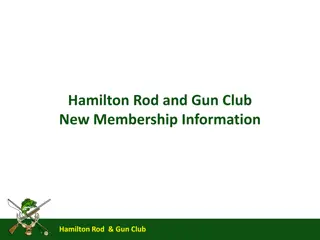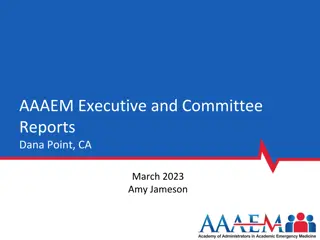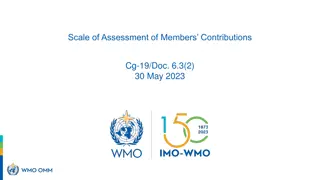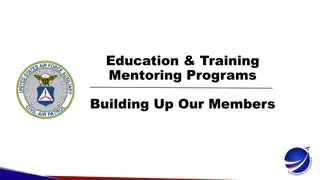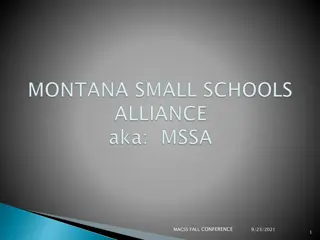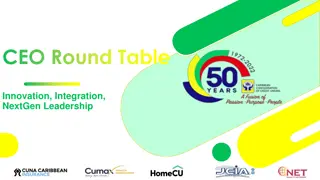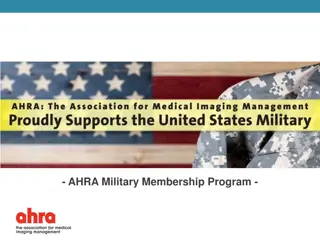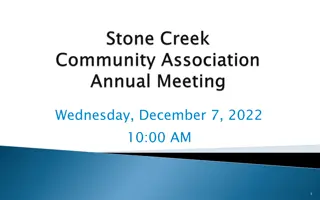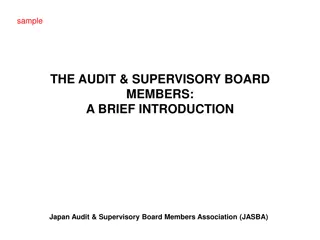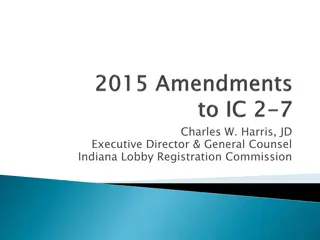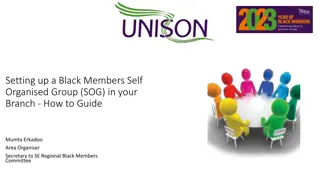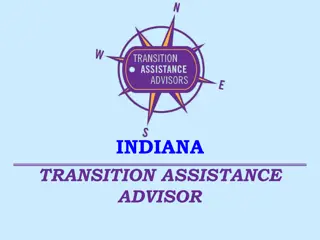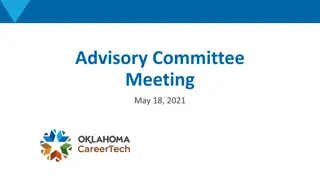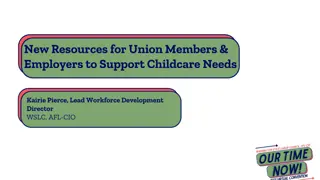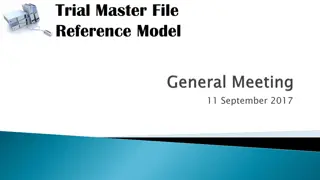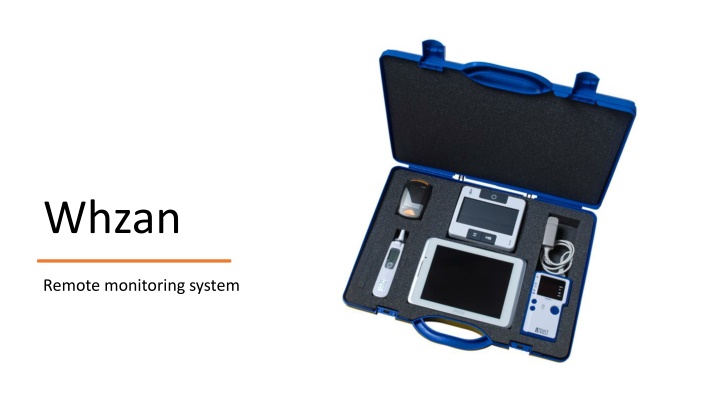
Remote Monitoring System for Care Homes: Whzan Improves Health Outcomes
"Discover how Whzan's remote monitoring system enhances care homes' digital capabilities, aiding in early detection of residents' deterioration through vital signs tracking and clinical support. Learn about the importance of physiological measurements, early recognition, and prevention strategies. Witness significant reductions in A&E attendances and improved healthcare outcomes with Whzan implementation."
Download Presentation

Please find below an Image/Link to download the presentation.
The content on the website is provided AS IS for your information and personal use only. It may not be sold, licensed, or shared on other websites without obtaining consent from the author. If you encounter any issues during the download, it is possible that the publisher has removed the file from their server.
You are allowed to download the files provided on this website for personal or commercial use, subject to the condition that they are used lawfully. All files are the property of their respective owners.
The content on the website is provided AS IS for your information and personal use only. It may not be sold, licensed, or shared on other websites without obtaining consent from the author.
E N D
Presentation Transcript
Whzan Remote monitoring system
Overview The COVID-19 pandemic created a clear priority to upskill care homes digital capability through embedding remote monitoring equipment into care homes. use of NEWS2 as an additional tool, to detect sign of early deterioration in residents. Whzan allows residents vital signs to be taken and then remotely accessed by clinicians including their GP where clinical decisions and escalations can be made without the need for any unnecessary escalation through an inappropriate pathway.
High numbers of care home residents admitted to hospital for reasons associated with non- ambulatory emergency care NEWS2 National early warning score, which allows care staff to: Recognise early soft-signs, Take observations, Respond, Escalate. Recognise when a resident may be deteriorating or at risk of physical deterioration Act appropriately according to the resident s care plan to protect and manage the resident Obtain a complete set of physical observations to inform escalation and conversations with health professionals Speak with the most appropriate health professional in a timely way to get the right support Provide a concise escalation history to health professionals to support their professional decision making
PHYSIOLOGICAL MEASUREMENTS PHYSIOLOGICAL MEASUREMENTS Respiratory Rate Oxygen Saturations Temperature Systolic Blood Pressure Pulse Rate Level of Consciousness
Why are these Why are these observations observations important important what else may what else may they indicate they indicate Blood Pressure Blood Pressure High blood pressure Low blood pressure Pain Dehydration Anxiety Medication Stress Anaemia Smoking Heart failure Heart disease Hypovolemic shock bleeding Diet
12 of the Rutland care homes have signed up to use the Whzan Box Micare will be using it alongside the Rutland PCN- peer support from the new Rutland PCN community diagnostic coordinator EARLY RECOGNITION EARLY PREVENTION Whzan in Rutland PREVENTION OF DETERIORATION
A&E Attendances Activity reduction Average reduction in A&E attendances of 53% Home 1 reduced A&E attendances by 93% Home 10 reduced A&E attendances by 73% The number of homes with A&E Attendances flagged as HRG VB11Z (no investigation or treatment required) decreased significantly after Whzan was introduced
Non Elective Admissions Activity reduction Cost of NEL admissions halved after Whzan introduced Average reduction in NEL admissions of 67% Homes 9 and 10 decreased NEL admissions by a third (33%) after Whzan was introduced Homes 1, 4, 5 and 6 had no NEL admissions after Whzan was introduced

